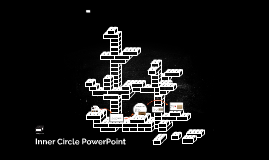Segmented
Transcript: Segmented Worms Hirudinea (The Leeches) ~ They do not have heads ~ They are Nightcrawlers ~ They can be anywhere from 1 inch to 10 inches long, and are 1 inch in diameter ~ They can be found in soil with a good amount of moisture ~ They carry organic materials ~ They are the most active type of worms ~ They contain 50 to 500 segments ~ Most of them live in water ~ Some examples of Polychaeta are sand worms, tube worms, and clam worms ~ There are 10,000 different species ~They burrow, crawl, swim, capture prey (in jaws), and graze ~ They play an essential role in their environment ~ Their heads and eyes are well-developed ~ They don't have any permanent gender ~ They can live anywhere in the ocean ~ They are usually bristled and colorful ~ They are relatively slow A Masterpiece By: Abigail Kesselman, Caitlin Betz, Lauren May, and Mukjing Ung ~ Leeches attach themselves to humans and suck their blood ~ They also eat dead flesh of insects and animals, and insect larvae, snails and scuds ~ They like areas that are shallow, dark, and have lots of organic cover like lily pads ~ They like swampy areas ~ There are 650 species of leeches ~ They can grow up to 15 centimeters long when stretched out, but usually only the small ones are eaten by fish ~ There are no boys or girls - leeches reproduce on their own because they have both male and female parts Oligochaeta (The Earthworms) Video!!! Segmented Worms ~ They are the Annelida Phylum ~ The Annelida Phylum completely consists of segmented worms ~ They have no hard skeleton, no legs, and are divided into many tiny little pieces ~Three groups: Polychaeta, Oligochaeta, and Hirudinea ~17,000 species Polychaeta (The Clamworms)

















